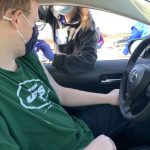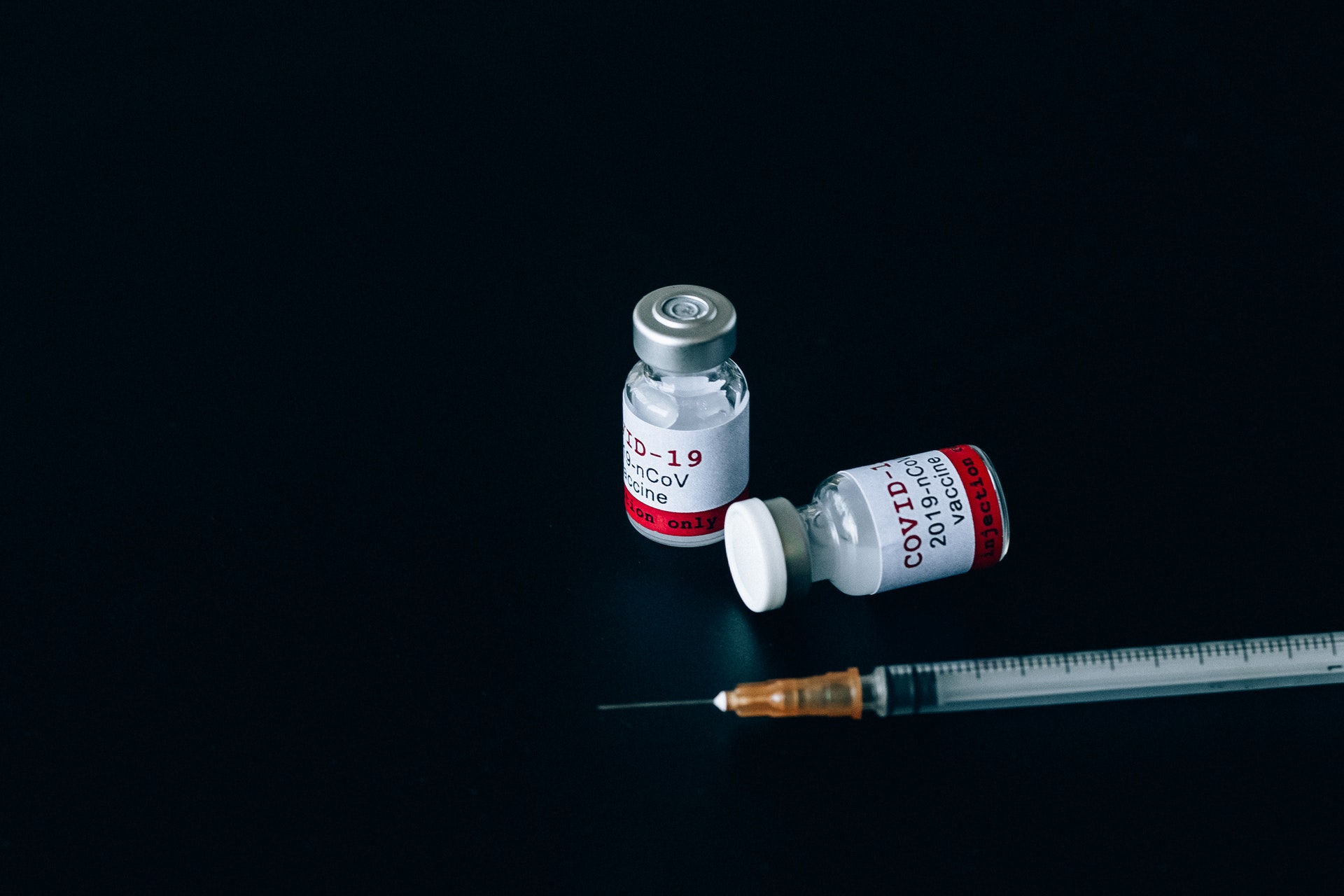This past year has brought so much uncertainty and hardship to so many people throughout the world due the ongoing coronavirus pandemic.
According to the Centers for Disease Control and Prevention (CDC), as of Wednesday, March 10, 2021, there have been roughly 29 million cases and just over 526,000 deaths in the United States of America alone (both rank first worldwide, according to the World Health Organization). This time last year, classes were beginning to move online, flights were being canceled, and the Coachella and Stagecoach Music Festivals were cancelled for the first time ever.
As a nation and as a society, we knew very little about COVID-19 besides the fact it spread quickly and it could kill people. In fact, there’s still a ton about this disease that we still don’t know. If only we’d known how much of an impact this would have on our daily lives. To be honest, regardless of political and religious beliefs, few of us were ready for COVID-19, which not only is an indictment on worldwide leadership, but on us as individuals.
As a result, people died, got sick, businesses shuttered, people lost their jobs, and we all spent most of 2020 at home and in isolation. I, like many Americans, were impacted from the fallout of COVID-19, as I was placed on a two-week unpaid furlough by my former employer, my fiancée was out of work for over two months, and we were isolated from seeing any family members, all of whom live on the opposite end of the country. And we were the lucky ones.
That said, look how far we’ve come in a year, despite our collective struggles. According to CDC vaccination data from March 10, 2021, almost 63 million people, or 19% of the U.S. population, have received at least their first COVID-19 vaccine dose, and almost 33 million people (roughly 10%) have been fully vaccinated. These numbers will only increase as time goes on.
Men’s Health Network (MHN), a national nonprofit based in Washington D.C. that advocates for the health of men, boys, and their families, belongs to the COVID Vaccine Education and Equity Project, which hopes to open dialogue and engagement to address COVID-19 vaccine hesitation. You can read more information on their website at www.covidvaccineproject.org.
Despite the growing numbers of shots in arms, not everyone is on board. According to a CDC study, 32.1% of people surveyed from September to December 2020 did not intend to get a COVID-19 vaccine. Those percentages are even higher among people who identify as non-hispanic Black adults, young adults, adults living in nonmetropolitan areas, adults without health insurance, and adults with less education and income. Dr. Sal Giorgianni, senior science officer for MHN, says we will not reach heard immunity unless at least 75% of the population is either vaccinated or has had COVID-19 in the past.
“There are some folks who believe that there is no need to be vaccinated, and that COVID-19 is just another [type of] flu. I assure you, it’s not,” Dr. Giorgianni said. “Some people with low-level disease end up having secondary problems six to eight months after the infection. It’s something you need to consider.”
On March 6, I was one of the lucky ones, as I was one of 8,000 people in Roanoke, Va., that received the single dose Johnson & Johnson vaccination that weekend at a drive-thru clinic in town. In the state of Virginia, I belonged in group 1B, which includes frontline workers, people over the age of 65, and those as young as 18 with underlying medical conditions.

I’m not a frontline worker or over the age of 65, but I am a 28-year-old male with a medical past, and because of that, I greatly recognize the importance of protecting myself (and those around me) from coronavirus. According to the CDC, those with medical conditions such as cancer, heart disease, obesity, diabetes, chronic kidney disease, etc., are at a further risk for severe illness from the virus that causes COVID-19.
My experience getting the vaccine was quick, easy, free, and I felt pretty darn good about myself after I got it. I had my appointment at 11 a.m. on a Saturday morning, and I was in and out of there in about a half hour. It was a breeze.
The next day, my left arm (the arm the vaccine was administered in) was sore, and I had some general body aches, but by Monday’s work day, I felt great, and I felt even better knowing I had done something to further protect myself from a disease that’s taken the lives of too many people.
While everyone’s experience getting the vaccine will be different, it is worth taking time out of your day to go and get vaccinated, regardless of whether it’s the single dose J&J vaccine, or the two-dose Moderna or Pfizer vaccines. Also, it’s important to get the first vaccine that’s offered to you, regardless of who made it, as all three are proven to be extremely affective in combating severe cases of the coronavirus.
“Most folks are not going to have a choice in choosing which vaccine to get,” Dr. Giorgianni said. “If the [Johnson & Johnson] dose is the only one available in your area, I would take it. Right now, the goal is to get as many people immunized as possible, because that just prevents the virus from spreading, and virus mutations from occurring. That’s the biggest problem that we face now.”
Guys, get vaccinated. Wear your mask. Wash your hands. Stay socially distant. Stop the spread. Save lives. Or, as Dr. Giorgianni put it bluntly, “if we all want to be done with [COVID-19], man up and get the vaccine.”
Doctor’s orders!
Photo credit: Photo by Nataliya Vaitkevich from Pexels




